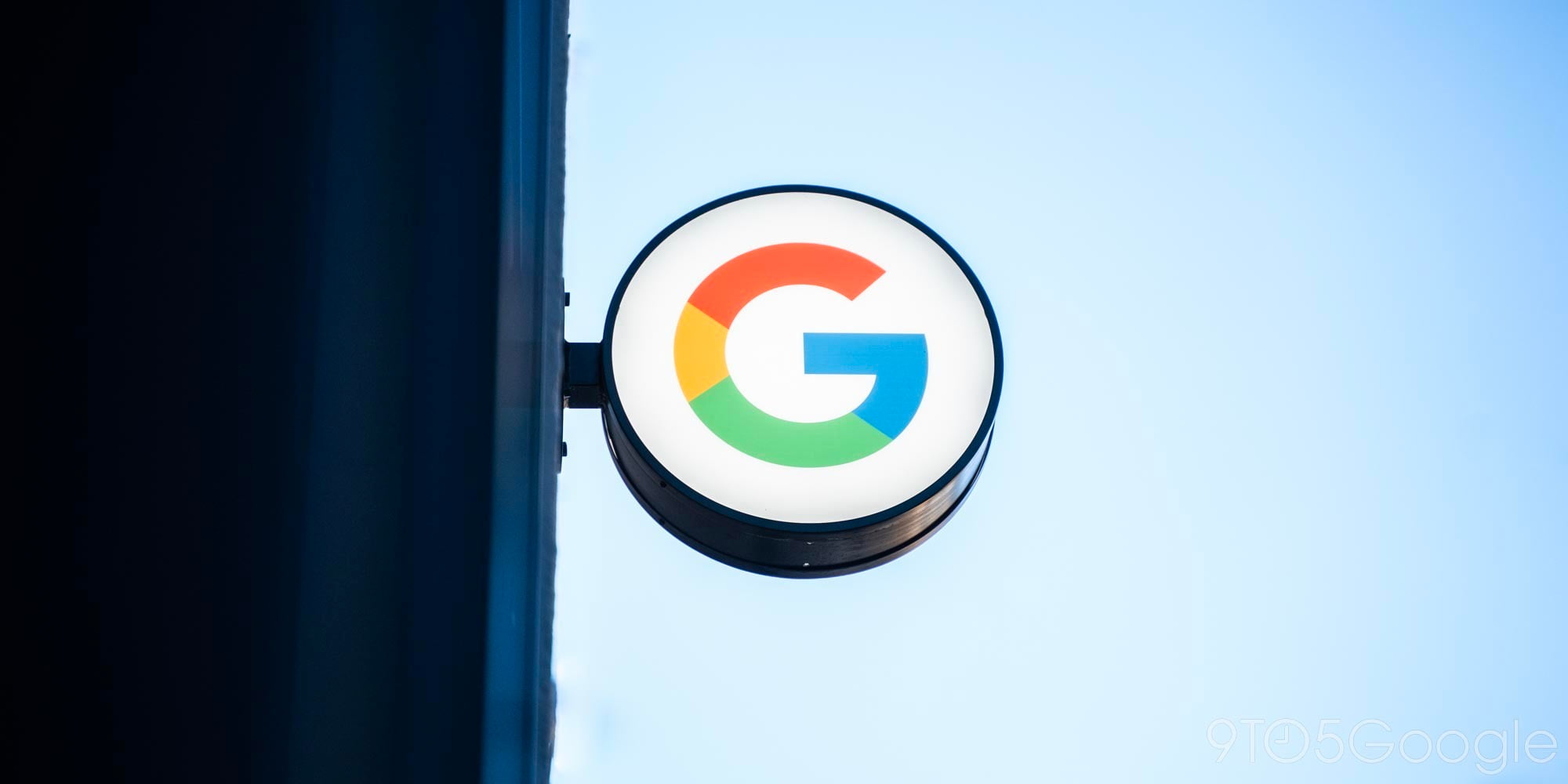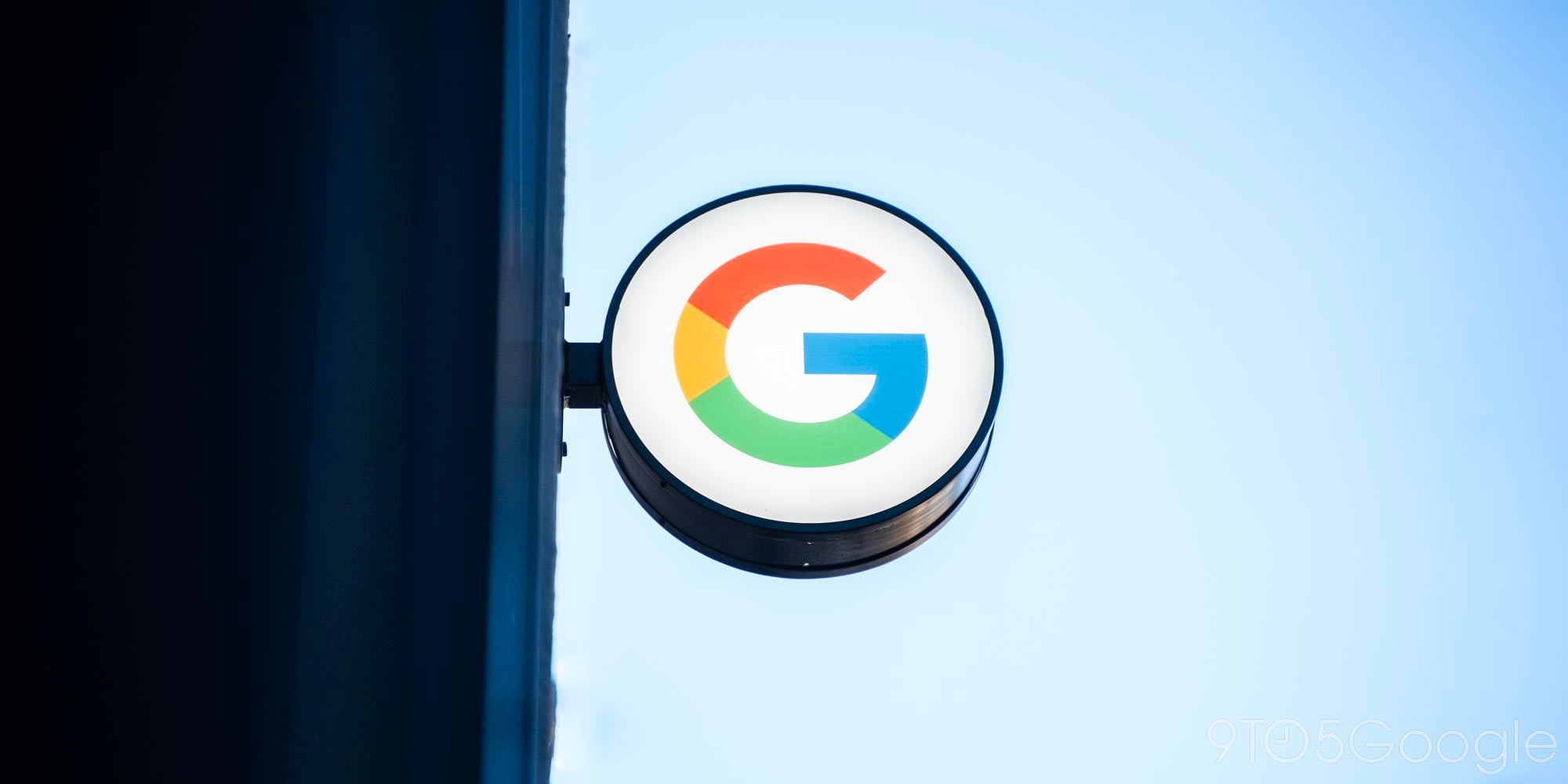
Following the Mac, Windows, and Linux release, Chrome 71 is now rolling out to Android. On the security front, the browser will block ads on persistently offending sites. There are also other user protections against malicious web experiences, while developers can customize the fullscreen appearance of web apps.
In Chrome 71, Google made some minor changes to Settings. Under “Basics,” the previous “Autofill and payments” menu has been separated into two separate categories: “Payment methods” and “Addresses and more.” This provides direct access to those two sections where previously there was an intermediary screen.
This comes as the browser will start displaying a billing warning screen before pages that don’t properly disclose how entered information will be used as part of a subscription. Aimed at cutting down on unintended sign-ups and billing charges, Chrome will detect pages that don’t follow best practices on how to make clear — especially on mobile — that a transaction is about to occur. This protections extend to the Android WebView in third-party apps.
- Chrome 70
- Chrome 70
- Chrome 71
One small tweak sees the New Tab page adopt a new favicon. Instead of a blank page, it is now a black and white Chrome icon.
- Chrome 71
- Chrome 70
In recent months, Google has been working to counter unwanted site redirects that result in bad and unsafe user experiences. However, the company’s efforts did not go far enough, with Chrome 71 blocking ads on persistently offending sites.
Fake Messages
Ads or other elements that resemble chat apps, warnings, system dialogs, or other notifications that lead to an ad or landing page when clicked.
At target are websites that continue to display advertising that masquerades as fake system dialogs or ineffective ‘close’ buttons even after warnings from the Google Search Console’s Abusive Experiences Report. According to Google, this ad removal will affect a “small number of sites with persistent abusive experiences,” with scammers and phishing schemes often using these ads to steal personal information.
Developers can now customize how web apps appear when fullscreen. Options include retaining the nav bar, or completely hiding controls for an immersive, native-like experience.
Some developers may prefer that the navigation bar be visible when entering fullscreen mode as it can be difficult for users to determine how to exit fullscreen mode. Some browsers such as Samsung also make this the default.
Autoplay policies rolled out earlier this year — aimed at reducing videos with sound from automatically playing — will now be applied to the Web Audio API in Chrome 71. This follows several delays to reduce the impact on web games and applications.
Chrome 71 for Android and desktops is rolling out now, with Chrome OS following next week.
Check out 9to5Google on YouTube for more news:
FTC: We use income earning auto affiliate links. More.





Comments